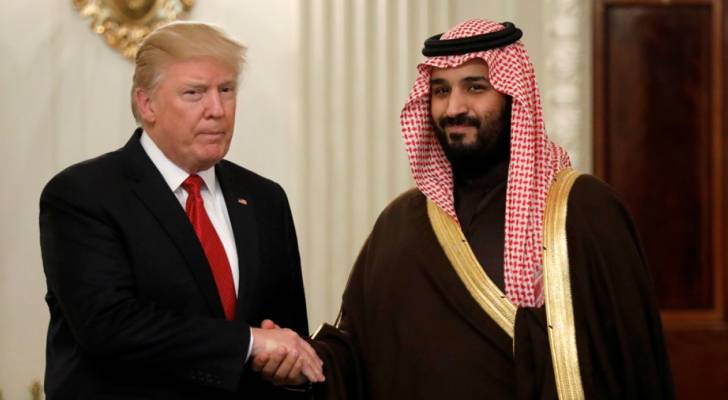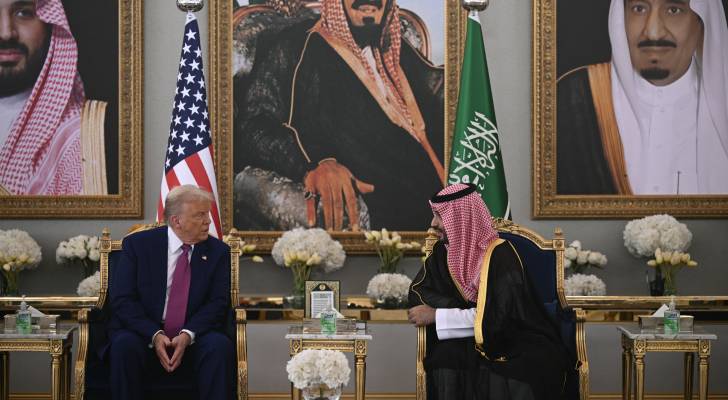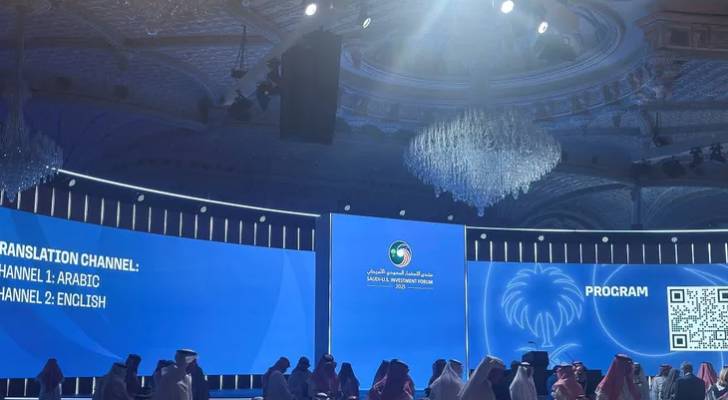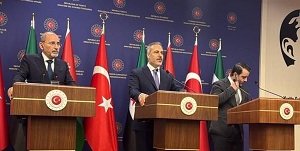The Power of Cross-Cultural Engagement - By Noura Alzamil, Asharq Al-Awsat
Culture can be a powerful force in inspiring unity. It bridges differences, fosters mutual understanding, and transforms how we connect with one another. These connections are built through cross-cultural engagement; a process of sharing traditions, values, crafts, arts, stories, and heritage between different cultures. These interactions help different societies recognize their similarities, learn from one another, and complement each other in ways that enrich them both.
At Ithra, cultural exchange is not just about showcasing traditions—it’s about sparking curiosity and forging meaningful relationships that transcend borders. Since opening in 2018, Ithra has served as a window to global cultural experiences, introducing local audiences to diverse cultures while sharing our own heritage with the world.
Ithra’s Role in Promoting Cultural Appreciation
Through dynamic and enriching programs, Ithra has positioned itself as a key player in Saudi and global cross-cultural interactions. The Al-Hijrah Exhibition by Ithra, for example, told the journey of the Prophet Muhammad (PBUH) in a universally accessible way, allowing people from diverse backgrounds to engage with its historical and spiritual significance. This story was told through an exhibition, publication, and film—with the publication and film being shared globally. And our Bridges Program, one of Ithra’s earliest cross-cultural exchange programs, was a foundational initiative, connecting Saudi creatives with artist residencies, talks, and collaborations that positioned Saudi talent internationally.
Our work also connects local audiences to international cultures. The Cultural Days program exemplifies this vision, which recently launched its third edition focusing on Japanese culture and heritage, transforming Ithra into a gateway to another world. As I walked through Ithra’s transformed spaces, I saw young Saudis attempting Japanese calligraphy, families experiencing the meticulous art of the tea ceremony, and creatives finding inspiration in the elegant craftsmanship of traditional kimonos. A highlight was the first-ever Saudi Arabian performance by Drum Tao, a world-renowned Japanese drumming ensemble, demonstrating how traditional art forms evolve while maintaining their cultural roots.
One of the most profound instances of cross-cultural engagement at Ithra happens during our Summer Camp. Last year, the program invited children from different backgrounds—Saudi, German, Chinese, and beyond—to an intensive two-week program where they learned, collaborated, and engaged with cultural topics. This kind of experience develops meaningful connections and creates friendships that shape these young participants' perspectives well into the future.
The small, positive changes that result from cross-cultural exchange have a ripple effect, extending beyond the individuals involved and influencing the broader community.
Cross-Cultural Exchange that Enriches the Community
Ithra is more than a cultural center; it is a gathering place where people celebrate heritage, identity, and shared experiences. Our programs cultivate a sense of belonging, uniting people through enriching cultural engagement. It is a place where national identity is honored and explored while embracing global perspectives.
When people engage with different cultural expressions, they become more rooted in their own identities, gaining a greater understanding of their own traditions so they can share them meaningfully. At the same time, they open themselves up to learning and inspiration from other cultures.
The Future of Cultural Engagement
As we look ahead to 2025 and beyond, I’m excited by our upcoming cultural exchange programs and events. Our collaboration with China’s National Centre for the Performing Arts (NCPA) to host the official Chinese orchestra in December is something to look forward to. Our ongoing and upcoming museum exhibitions celebrating artisanship and artistic crafts from around the world are another central focus of our cross-cultural exchange efforts this year.
The question is not whether to continue, but how to make these initiatives even more impactful. How can we design experiences that leave a lasting impression? What cultures can we bring into dialogue with our own?
Culture is more than entertainment or aesthetics—it is about connection, learning, and growth. When we open ourselves to new perspectives, we do more than learn about the world; we redefine our place within it.
Latest News
-
 Houthis launch ballistic missile at 'Israel's' Ben Gurion airport
Houthis launch ballistic missile at 'Israel's' Ben Gurion airport
-
 Trump secures historic $600 billion Saudi investment
Trump secures historic $600 billion Saudi investment
-
 Trump arrives in Saudi Arabia for Gulf tour
Trump arrives in Saudi Arabia for Gulf tour
-
 Saudi-US investment forum kicks off in Riyadh during Trump’s visit
Saudi-US investment forum kicks off in Riyadh during Trump’s visit
-
 At meeting with Turkish, Syrian counterparts, Safadi reiterates Jordan’s ‘unlimited’ support for Syria
At meeting with Turkish, Syrian counterparts, Safadi reiterates Jordan’s ‘unlimited’ support for Syria